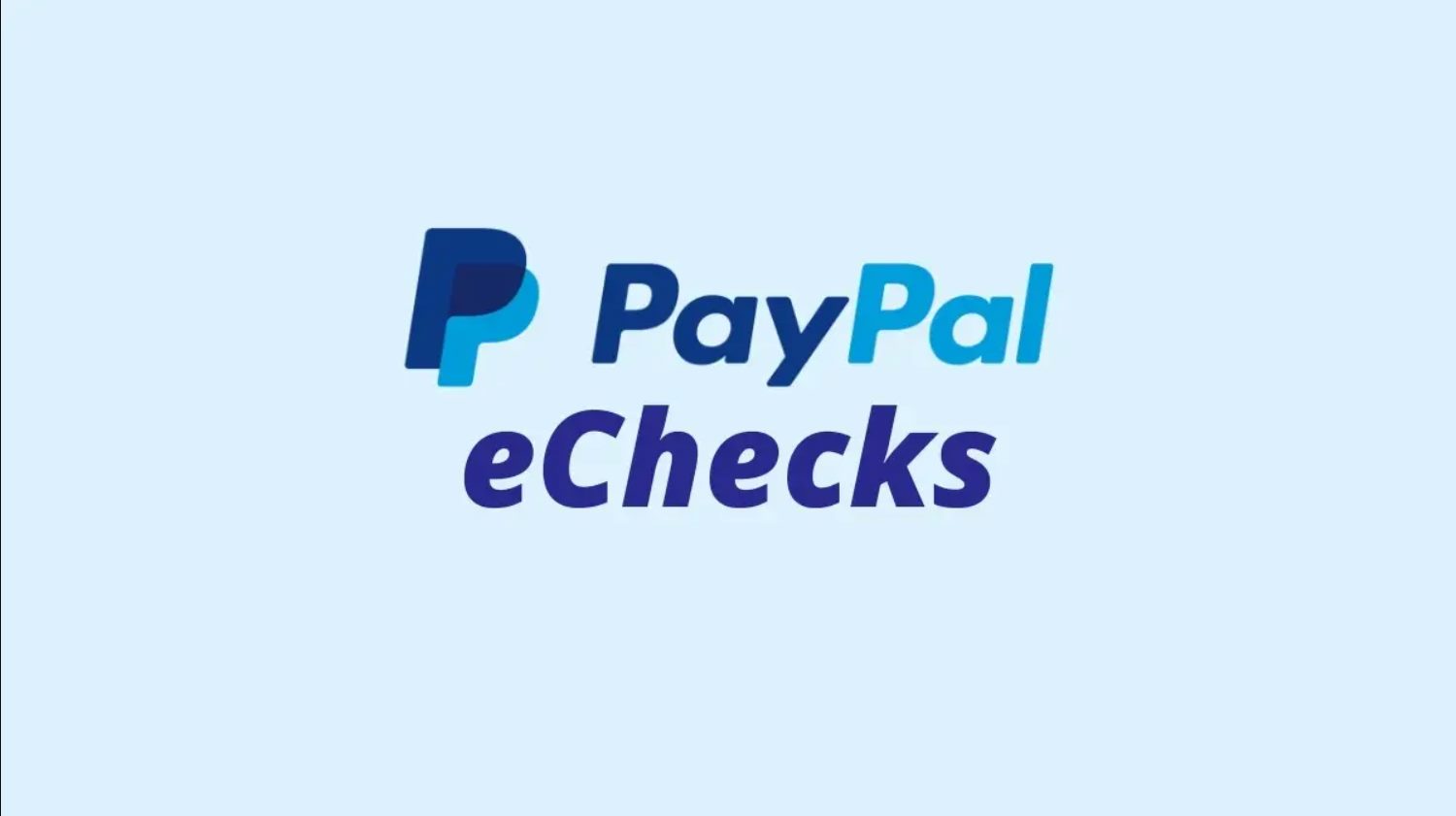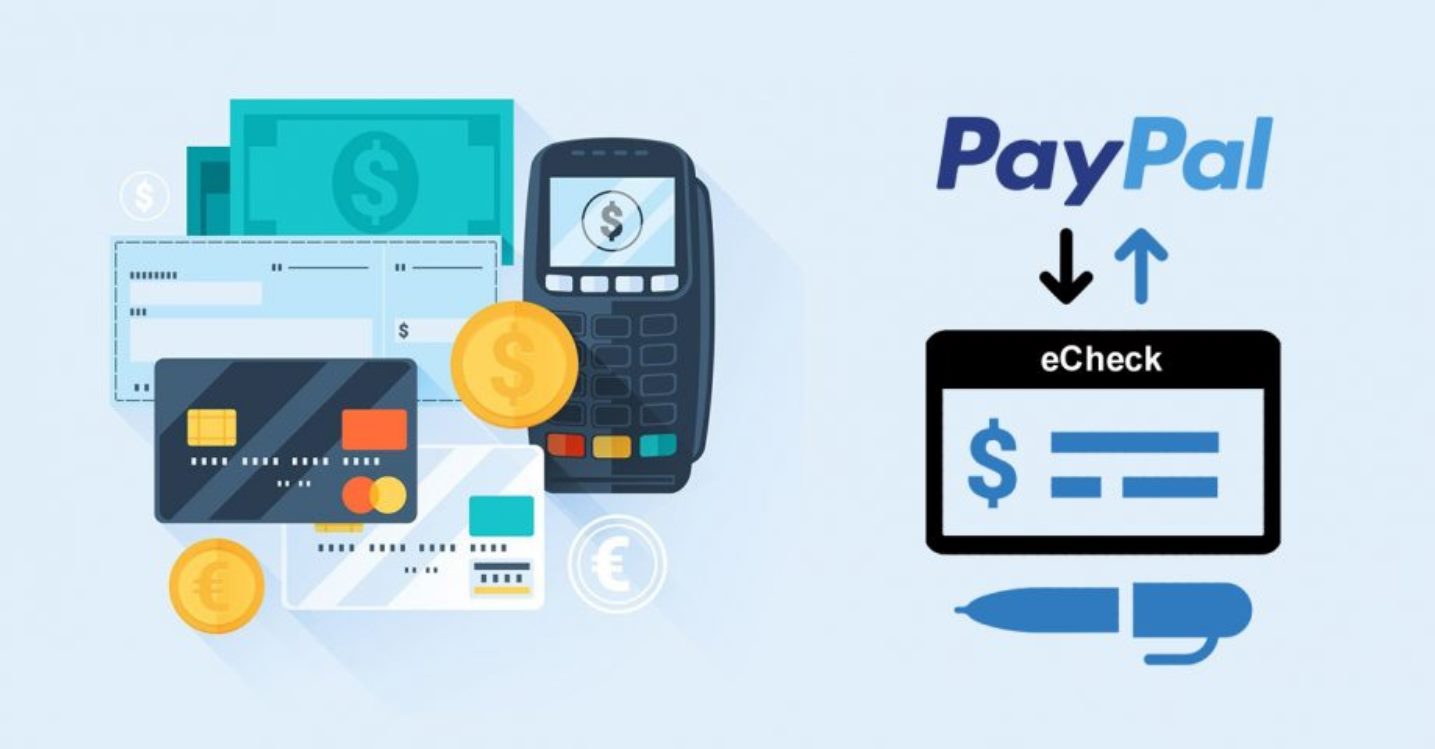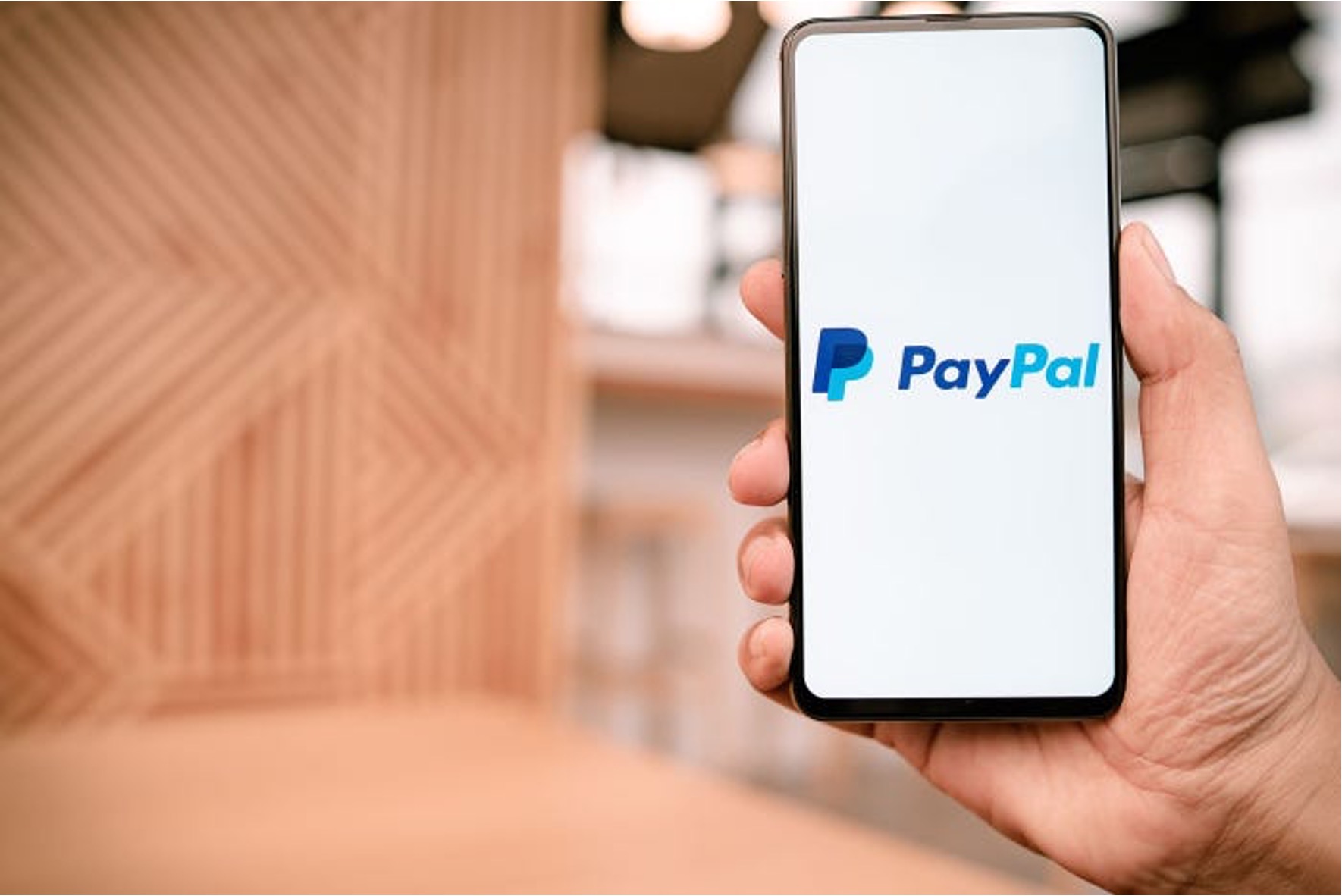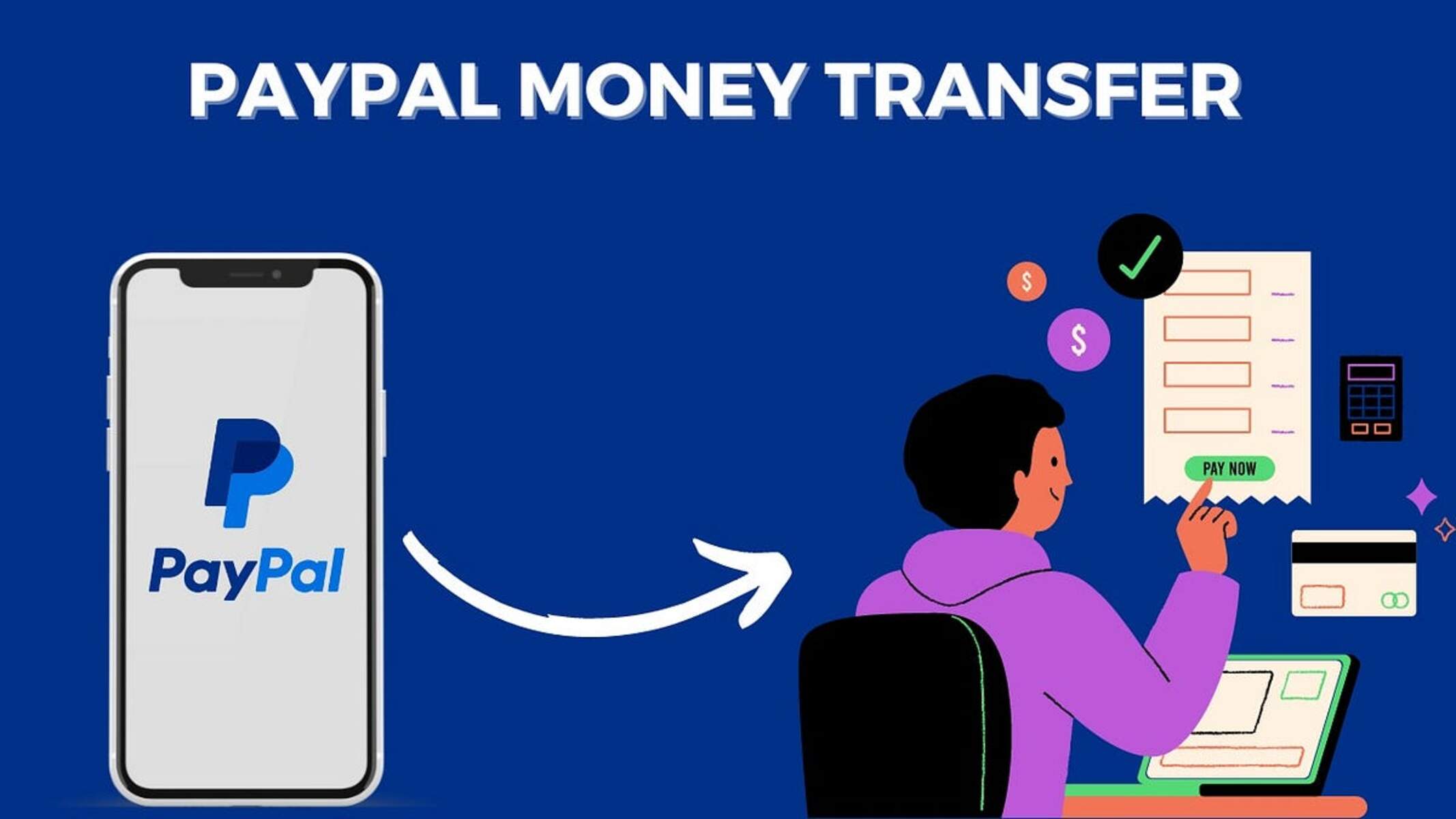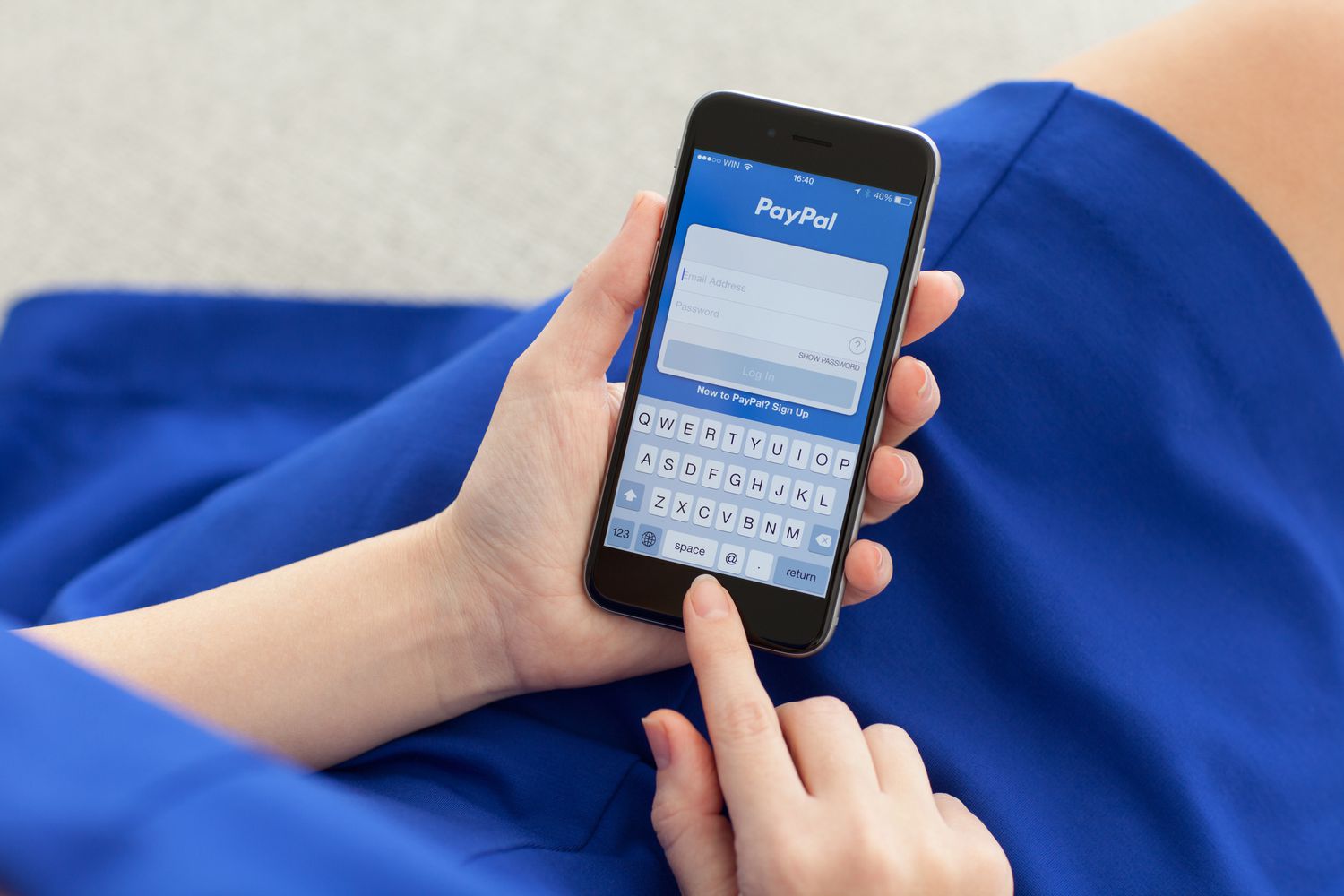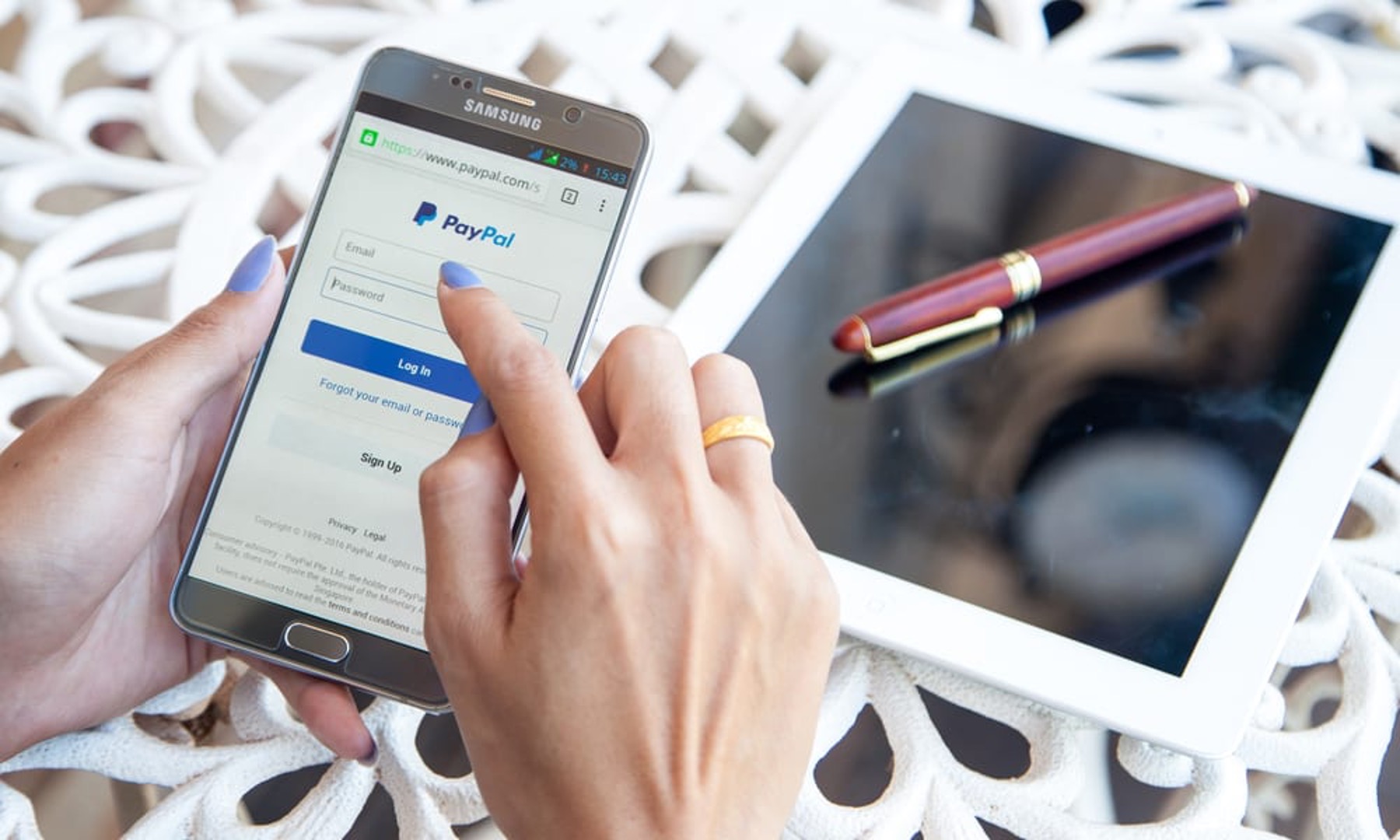Introduction
Welcome to our comprehensive guide on eChecks and their clearance time in PayPal. If you’ve ever used PayPal to send or receive money, you may have come across the option to use eChecks as a payment method. But what exactly is an eCheck, and how long does it take to clear?
An electronic check, commonly known as an eCheck, is a digital form of a traditional paper check. It allows you to send or receive money by transferring funds directly from your bank account to another party’s bank account.
When using eChecks with PayPal, instead of authorizing the payment through your credit or debit card, the payment is directly withdrawn from your bank account. This payment method is convenient for users who may not have a credit card or prefer not to use it for certain transactions.
Now, the clearance time for an eCheck in PayPal can vary depending on various factors, including the processing time of the banks involved. Generally, it takes a few business days for an eCheck to clear, during which the funds are held and not immediately available for use.
In the following sections, we will delve deeper into how eChecks work with PayPal, the factors that can influence the clearance time, and tips to expedite the process. Additionally, we will address common questions and concerns you may have regarding eCheck clearance in PayPal.
So, if you want to understand the ins and outs of eChecks in PayPal and how long they take to clear, keep reading!
What is an eCheck?
An eCheck, short for electronic check, is a digital version of a traditional paper check. It functions in a similar way to a regular check by allowing you to transfer funds from your bank account to another party’s bank account. However, instead of physically writing and mailing the check, the transaction is processed electronically.
When you initiate an eCheck transaction, the payment information, including the recipient’s bank account and routing number, is entered online. The eCheck then goes through a secure electronic network to transfer the funds from your bank account to the recipient’s bank account.
eChecks offer a convenient and efficient way to make payments without the need for physical checks or cash. It’s a popular payment method used for a variety of transactions, such as paying bills, making online purchases, or sending money to friends and family.
One of the key advantages of eChecks is that they eliminate the need for manual processing, reducing the risk of error and speeding up the payment process. Additionally, eChecks are an alternative payment option for individuals who do not have a credit or debit card or prefer not to use them for certain transactions.
It’s important to note that eChecks operate within the existing banking system and follow the same guidelines and regulations as paper checks. The funds are transferred directly from your bank account, and the recipient can deposit or cash the eCheck, just like a traditional check.
Now that we have a clear understanding of what eChecks are, let’s explore how they work in conjunction with PayPal in the next section.
How does eCheck work with PayPal?
PayPal, one of the leading online payment platforms, allows users to send and receive money through various methods, including eChecks. When you choose to use an eCheck as your payment method on PayPal, the process is similar to using a paper check, but with the convenience and speed of an electronic transaction.
To initiate an eCheck payment with PayPal, you need to have a verified bank account linked to your PayPal account. Once you have set up your bank account and verified it, you can select the eCheck option during the payment process.
When you make a payment with eCheck, PayPal sends a request to your bank to withdraw the specified amount from your account and transfer it to the recipient’s bank account. The payment is processed through the Automated Clearing House (ACH) network, a secure electronic system used for interbank transfers.
After you have authorized the payment, PayPal informs the recipient that the funds will be transferred via eCheck. The recipient may need to wait for the eCheck to clear before the funds are credited to their PayPal account. During this clearance period, the funds are temporarily held and are not immediately available for use.
Once the eCheck has cleared, usually within a few business days, the recipient can access and use the funds in their PayPal account. The clearance time may vary depending on factors such as the receiving bank’s policies and the processing time of the banks involved.
It’s important to note that both the sender and the recipient of an eCheck payment may receive email notifications from PayPal, providing updates on the transaction status and clearance process.
Now that we understand how eChecks work in conjunction with PayPal, let’s explore the timeframe for eCheck clearance in PayPal in the next section.
How long does an eCheck take to clear in PayPal?
The clearance time for an eCheck in PayPal can vary, and it typically takes a few business days for the funds to be fully available. During this clearance period, the funds are held and not immediately accessible for use by the recipient.
The exact duration for eCheck clearance in PayPal depends on several factors, including:
- Bank processing times: The processing time of the bank from which the eCheck is being transferred and the recipient’s bank can impact the clearance time. Different banks have varying internal procedures and timelines for processing eCheck transactions.
- Weekends and holidays: Weekends and holidays can affect the clearance time of an eCheck. Banks typically do not process transactions on weekends and holidays, which may lead to additional processing time.
- Verification and security checks: In some cases, PayPal may hold an eCheck for a longer period to ensure its legitimacy and prevent fraudulent activity. This can result in a slightly extended clearance time.
On average, eChecks in PayPal typically clear within 3 to 6 business days. However, it’s important to note that this is an estimate, and the actual timeframe may differ depending on the aforementioned factors.
During the clearance period, both the sender and the recipient can check the status of the eCheck transaction in the PayPal transaction history or through email notifications sent by PayPal. PayPal provides regular updates regarding the clearance status of the eCheck, keeping both parties informed.
It’s advisable to keep track of the eCheck clearance time to ensure that you have accurate expectations regarding the availability of funds. If you have any concerns or questions regarding the clearance process, it’s always a good idea to reach out to PayPal customer support for further assistance.
In the next section, we will explore the various factors that can influence the clearance time of an eCheck in PayPal.
Factors that can affect the clearance time of an eCheck in PayPal
Several factors can influence the clearance time of an eCheck in PayPal. While the exact timeframe may vary, it’s essential to be aware of these factors to have a better understanding of why eCheck clearance times can differ. Here are some key factors to consider:
- Bank processing times: The processing time of the sender’s bank and the recipient’s bank play a crucial role in determining the clearance time. Some banks may process eChecks faster than others, leading to shorter clearance times.
- Weeke
nds and holidays: Weekends and holidays can impact the eCheck clearance process. Banks typically do not process transactions during weekends and holidays, resulting in additional processing time for eChecks initiated during these periods. - Verification and security checks: PayPal may conduct additional verification and security checks on certain eChecks, especially if they involve larger amounts or if there are any suspicions of fraudulent activity. These checks can contribute to a longer clearance time.
- Bank policies: Different banks have varying policies and procedures when it comes to processing eChecks. Some banks may have stricter internal protocols that necessitate additional checks and verifications, leading to a longer clearance time.
It’s important to note that while PayPal provides an estimated clearance time for eChecks, these external factors can sometimes cause delays and result in longer clearance times than anticipated.
Additionally, it’s worth mentioning that the clearance time for eChecks is typically longer compared to other payment methods, such as credit card or instant bank transfers. This is because eChecks require the funds to be transferred from the sender’s bank account to the recipient’s bank account before they become available for use.
Being aware of these factors and having reasonable expectations regarding clearance times can help prevent any unnecessary frustration or confusion during the eCheck payment process.
In the next section, we will provide some tips to expedite the clearance of an eCheck in PayPal.
Tips to expedite the clearance of an eCheck in PayPal
While the clearance time of an eCheck in PayPal is influenced by various factors, there are some steps you can take to help expedite the process. Here are some tips to consider:
- Ensure sufficient funds: Make sure that your bank account has enough funds to cover the amount of the eCheck. Insufficient funds can result in delays or even a failed eCheck transaction.
- Confirm recipient’s information: Double-check that you have entered the recipient’s correct bank account and routing number. Errors in the recipient’s information can lead to delays in the eCheck clearance process.
- Consider using alternatives: If time is of the essence, it may be worth considering alternative payment methods that offer faster clearance times, such as credit card payments or instant bank transfers in PayPal.
- Communicate with the recipient: If the eCheck is time-sensitive, it can be helpful to inform the recipient about the payment method and provide them with an estimated clearance time. This can ensure that both parties have realistic expectations.
- Stay updated: Monitor the eCheck status through PayPal’s transaction history and stay alert for any email notifications regarding the clearance process. This will keep you informed about any updates or changes to the clearance time.
While these tips can help expedite the clearance of an eCheck, it’s important to remember that there are factors beyond your control, such as bank processing times and security checks, that can still affect the overall clearance time.
If you have any concerns or questions about the clearance process, it’s always advisable to reach out to PayPal customer support. They can provide you with specific information and assistance based on your transaction details.
By following these tips and staying informed, you can navigate the eCheck clearance process more effectively and minimize any potential delays or complications.
In the next section, we will address some common questions and concerns related to eCheck clearance in PayPal.
Common questions and concerns about eCheck clearance in PayPal
As eChecks are a payment method that may be new or unfamiliar to some PayPal users, it’s common to have questions and concerns about the clearance process. Here we address some of the most frequently asked questions regarding eCheck clearance in PayPal:
- How can I check the status of an eCheck? You can monitor the status of an eCheck transaction in your PayPal account’s transaction history. PayPal also sends email notifications to both the sender and recipient, providing updates on the clearance process.
- Why does an eCheck take longer to clear than other payment methods? Unlike credit card or instant bank transfers, eChecks require the funds to be transferred directly from your bank account to the recipient’s bank account. This process involves additional verification and processing, which can result in a longer clearance time.
- Can an eCheck bounce? Yes, an eCheck can bounce if there are insufficient funds in the sender’s bank account or if there are errors in the recipient’s bank account information. In such cases, PayPal notifies both parties, and the payment is unsuccessful.
- What happens if an eCheck fails to clear? If an eCheck fails to clear due to insufficient funds or other reasons, PayPal will notify the sender and the recipient. The recipient will not receive the funds, and the sender may need to resolve the issue with their bank or provide an alternative payment method.
- Can I cancel an eCheck? Once an eCheck has been initiated, it cannot be canceled. If you need to stop a payment, you can contact PayPal customer support to discuss your options.
- Why is my eCheck still pending? Pending status for an eCheck indicates that it is still in the process of being cleared. Factors such as bank processing times and security checks can cause eChecks to remain in the pending status until the clearance process is complete.
These are just a few of the common questions and concerns that users have about eCheck clearance in PayPal. If you have any specific inquiries or need further assistance, it’s recommended to reach out to PayPal customer support for personalized guidance.
Now that we’ve covered these common questions and concerns, let’s wrap up this comprehensive guide on eCheck clearance in PayPal in the next section.
Conclusion
In conclusion, eChecks offer a convenient and secure way to transfer funds from your bank account to another party’s bank account through PayPal. While eChecks may take longer to clear than other payment methods, they are a reliable option for individuals who do not have credit cards or prefer not to use them for certain transactions.
When using eChecks with PayPal, it’s important to be aware that the clearance time can vary depending on factors such as bank processing times, weekends, holidays, and verification processes. Typically, eChecks in PayPal clear within 3 to 6 business days, but it’s advisable to keep track of the transaction status through PayPal’s transaction history and email notifications.
If you want to expedite the clearance of an eCheck, taking precautions such as ensuring sufficient funds in your bank account, confirming recipient information, and considering alternative payment methods can be helpful. Communication with the recipient and staying updated on the transaction status are also beneficial in managing your expectations during the clearance process.
While questions and concerns about eCheck clearance in PayPal are common, understanding the specifics of the process can address these inquiries. PayPal provides reliable customer support to assist with any concerns or issues you may encounter during the eCheck payment process.
We hope this comprehensive guide has provided you with valuable insights into eChecks and their clearance time in PayPal. By following the tips and guidelines outlined in this article, you can navigate the eCheck payment process with confidence and make informed decisions regarding your transactions.
Thank you for reading, and we wish you successful eCheck transactions in PayPal!







